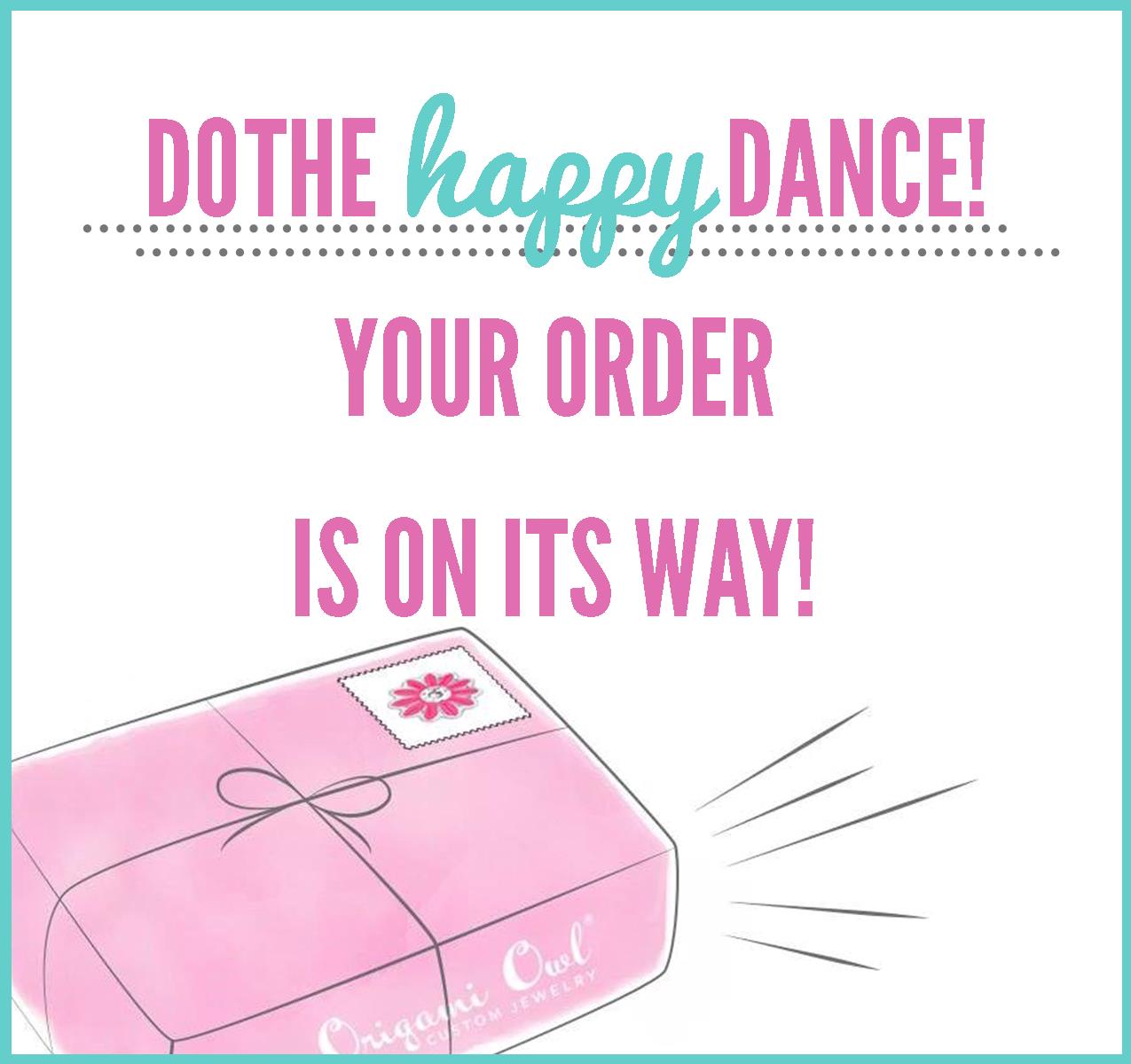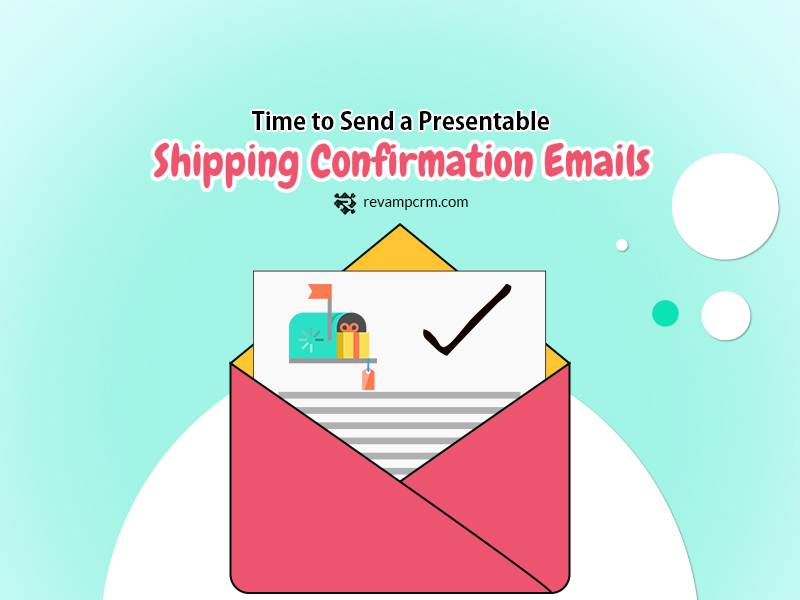“Your order is confirmed!” Shipping Confirmation Emails
Shipping confirmation emails are one of the most important transactional emails you send your customers. It presents a great opportunity to build customer loyalty and establish a unique voice for your brand. The objective of these emails should be to help customers throughout their purchase process and to encourage them to repeat orders and come to buy from you again.
It’s well known that shipping confirmation emails are some of the most widely opened, read and clicked emails around. You can almost guarantee that it will be opened or at least saved for later in case there is an issue with the order. Customers are always excited about the prospect of receiving their purchase, and it’s your chance to ride this wave of excitement by getting them make another purchase for themselves or to consider gifting your products to their friends and family. And here’s how you may do it…

You send a shipping email to your customers not just to reassure them that their order is being delivered, but to make them sure that your business is trustworthy, and to get them excited and happy… As a happy customer always share his/her excellent shopping experience with others.
Yet, how to send a presentable shipping confirmation email.
Here are few tips to master it:
1- Include a Tracking Link
Your customer always wants to know when s/he will receive his/her products. You can solve it easily by adding some tracking information into your email. A tracking link is one of the most important components of your shipping confirmation email since it allows your customers to track their purchase in real-time, they can watch its journey on its way to them. It could be as simple as following:


2- Add the Buyer’s First Name to the Subject Line
An Experian study showed that personalized emails had a 29% higher open rate and 41% unique click-through rate. Also, you should take care of your email font and language; many studies have shown that conversions increase as your font size increases, as it’s just easier to read.
Remember to say “Thank You!” to your customers; some studies showed that shipping confirmation emails that did not include a “Thank you” had 35% lower click and transaction rates than those that included it.

3- Include an Image of the Purchased Product
Increase your customers’ excitement about their recent purchase by including an image of it in your shipping confirmation email. This also helps customers when making different orders on your website to know at a glance which email belongs to which order.
4- Put an Estimated Delivery Date
An estimated delivery date in it goes hand-in-hand with including a tracking link, but instead of allowing customers to follow their new product’s journey, it allows them to see its estimated arrival time. Since shipping confirmation emails are usually opened, you can call for their attention to this date by putting it in a prominent position in your email. For example, try using a headline or subject line like “Congratulations! Your order has shipped”, or you can expect it in your mailbox by mentioning the date MM/DD/YYYY.”

5- Include More Shipping Details
Include all the logistical information needed in your shipping confirmation email as well as including the following details:
- The product’s name
- The order’s details: size, color, quantity, etc.
- Shipping method; USPS, UPS, FedEx, etc.
- Order number or buyer ID
- Billing summary
- Customer Support number/ email
Shipping confirmation emails are often overlooked, yet they are a great chance to build customer loyalty and establish a unique voice for your online store. The key goal for shipping confirmation emails is to build excitement around a customer’s recent purchase and give them the tools necessary to track and verify their order. Always remember the above keys to writing a successful shipping email.
Related Post : https://blog.revampcrm.com/customer-segmentation-in-ecommerce/






